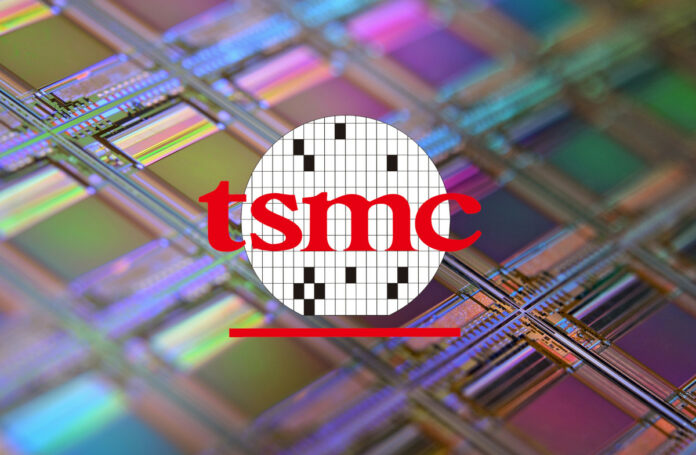TSMC unveiled a new cost effective 4nm-class production technology at the North American Technology Symposium 2024. The latest N4C process brings a refreshed and optimised node based on its existing 5nm-class offerings. As a result of these improvements, the company says its could bring die costs down by up to 8.5%.
However, the real question is will consumers benefit from these cost savings? The short answer is, maybe but not likely. The CEO of TSMC, C.C Wei, has already explained that customers outside of its native Taiwan will likely pay more. This is because of rising expenses due to inflation and increased electricity costs. TSMC expects Intel, AMD, and Nvidia to help offset those running costs.
Nevertheless, TSMC’s N4C process is a superset of N4P, the most advanced technology in the 5nm-class family. The foundry has implemented several changes for N4C, including changing its IP design rules, improving standard cell and SRAM cell architecture, and reducing mask layers.
This has resulted in a smaller die size and a simpler manufacturing process, bringing costs down by up to 8.5%. It even guarantees higher functioning production yields thanks to its die area reduction.
“So, we are not done with our 5nm and 4nm [technologies],” said Kevin Zhang, Vice President of Business Development at TSMC. “From N5 to N4, we have achieved 4% density improvement optical shrink, and we continue to enhance the transistor performance.”
“N4C allows our customers to reduce their costs by removing some of the masks and to also improve on the original IP design like a standard cell and SRAM to further reduce the overall product level cost of ownership,” Zhang added.
This means that while there are extra savings, TSMC’s proposed offset expenses remain. High supply and demand from AI chipsets and incoming GPUs have also placed TSMC in a position where it can set its own price. In short, you can still expect to pay more for upcoming Nvidia RTX 50 Series and RDNA 4 GPUs.


